Candy floss, also known as cotton candy, is a treat that evokes childhood memories of fairs and carnivals with its fluffy, cloud-like texture and sugary sweetness. But what if you could make your own candy floss flavours, creating unique combinations that no one else has tried? Whether you’re a budding confectioner or just looking for a fun kitchen experiment, making your own candy floss flavour is easier than you might think. Here’s how you can create a custom candy floss flavour at home.
1. Understanding the Basics: What Is Candy floss?
Candy floss is made by spinning sugar at high speeds, turning it into thin threads that are then collected on a stick or cone. The key to creating your own flavour lies in the sugar itself, which is the foundation of the candy. Traditionally, candy floss is flavoured with basic vanilla or fruit extracts, but with a little creativity, the possibilities are endless.
2. Choosing Your Flavours: Extracts and Oils
The easiest way to introduce a new flavour to your candy floss is by using flavoured extracts or essential oils. Here’s how you can choose the right ones:
- Extracts: Vanilla, almond, peppermint, and various fruit extracts are common and easy to find. They’re water-based, so they mix well with sugar.
- Essential Oils: For more intense flavours, food-grade essential oils are a great option. Flavours like lavender, orange, or even ginger can give your candy floss a unique twist. Remember, essential oils are very potent, so you’ll only need a few drops.
- Mixing Flavours: Don’t be afraid to get creative by combining extracts and oils. For example, a mix of strawberry extract and a touch of basil essential oil can create a sophisticated, herb-infused candy floss.
3. Colouring Your Candy floss
Once you have your flavour, you’ll want to think about the appearance. Candy floss is as much about the visual appeal as the taste. You can easily add colour to your sugar using gel or powdered food colouring:
- Gel Food Colouring: Gel colouring is concentrated, so a tiny amount will go a long way. Mix it into your sugar until you get an even distribution.
- Powdered Food Colouring: This is an excellent option for a more vibrant colour. It blends seamlessly with sugar without adding any moisture.
- Natural Colouring: If you prefer natural ingredients, you can use powders like beetroot for red, turmeric for yellow, or matcha for green. These will also subtly influence the flavour.
4. Infusing the Sugar
Now that you have your flavours and colours, it’s time to infuse your sugar:
- Start with Granulated Sugar: Measure out the amount of sugar you need based on your candy floss machine’s capacity.
- Add Your Flavour: Mix in your chosen extract or essential oil. For every cup of sugar, add 1 teaspoon of extract or a few drops of essential oil.
- Add Colour: If you’re adding colour, do it now. Start with a small amount and gradually add more until you achieve the desired hue.
- Mix Thoroughly: Use a whisk or a food processor to blend the sugar, ensuring that the colour and flavour are evenly distributed.
- Let It Dry: Spread the sugar out on a baking sheet and let it air dry for a few hours to prevent clumping when you use it in the candy floss machine.
5. Spinning Your Candy floss
With your flavoured and coloured sugar ready, it’s time to spin it into candy floss:
- Preheat the Machine: Follow your candy floss machine’s instructions to get it ready.
- Add the Sugar: Once the machine is warm, add your flavoured sugar to the centre.
- Spin the Candy floss: Use a cone or stick to collect the spun sugar as it forms. Move in a circular motion to build a fluffy cloud of candy floss.
- Taste and Adjust: Once you’ve made a batch, taste it to see if the flavour intensity is to your liking. You can adjust future batches by adding more or less extract/oil.
6. Experiment with Unconventional Flavours
For those who love a challenge, why not experiment with unconventional flavours? Here are a few ideas to get you started:
- Savoury Flavours: Try adding a touch of sea salt, or infuse the sugar with herbs like rosemary or thyme for a savoury twist.
- Spicy Flavours: Add a hint of cayenne pepper or chilli powder for a sweet and spicy treat.
- Dessert-Inspired Flavours: Think of your favourite desserts—like cheesecake, s’mores, or apple pie—and try to replicate those flavours in your candy floss.
7. Storage Tips
If you’re making candy floss ahead of time, store it in an airtight container to keep it from melting or clumping. Candy floss is best enjoyed fresh, but with proper storage, it can last a few days.
Conclusion
Making your own candy floss flavour is a delightful way to experiment in the kitchen, impress friends at parties, or just satisfy your sweet tooth with something truly unique. With a little creativity, you can turn simple sugar into a masterpiece of flavour and colour. So grab your candy floss machine, pick your flavours, and start spinning your very own custom candy floss today!




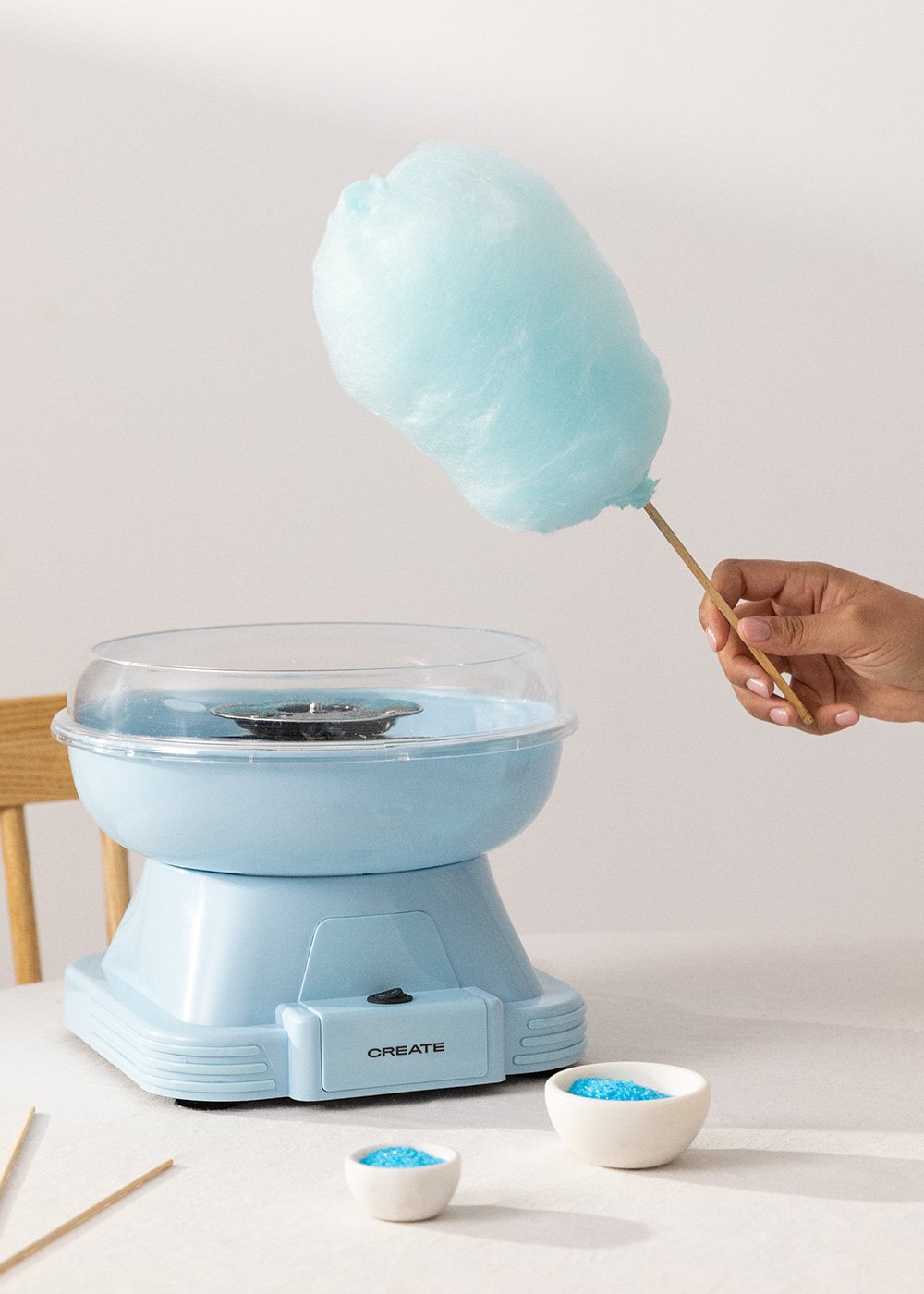
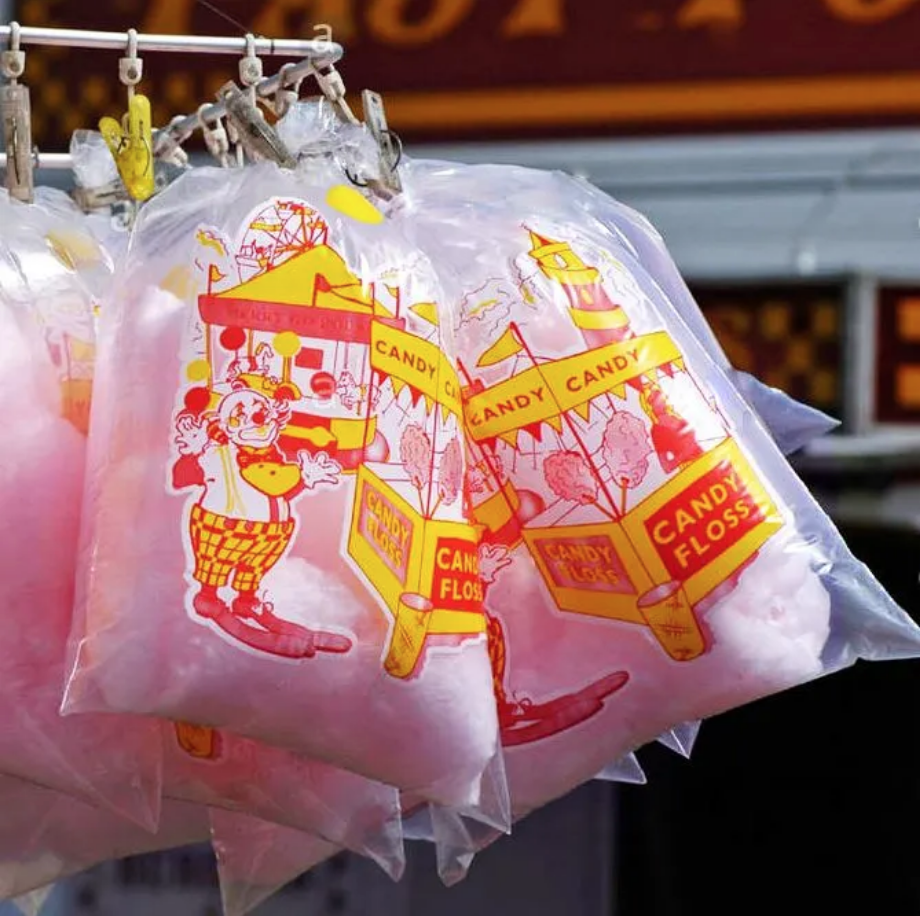
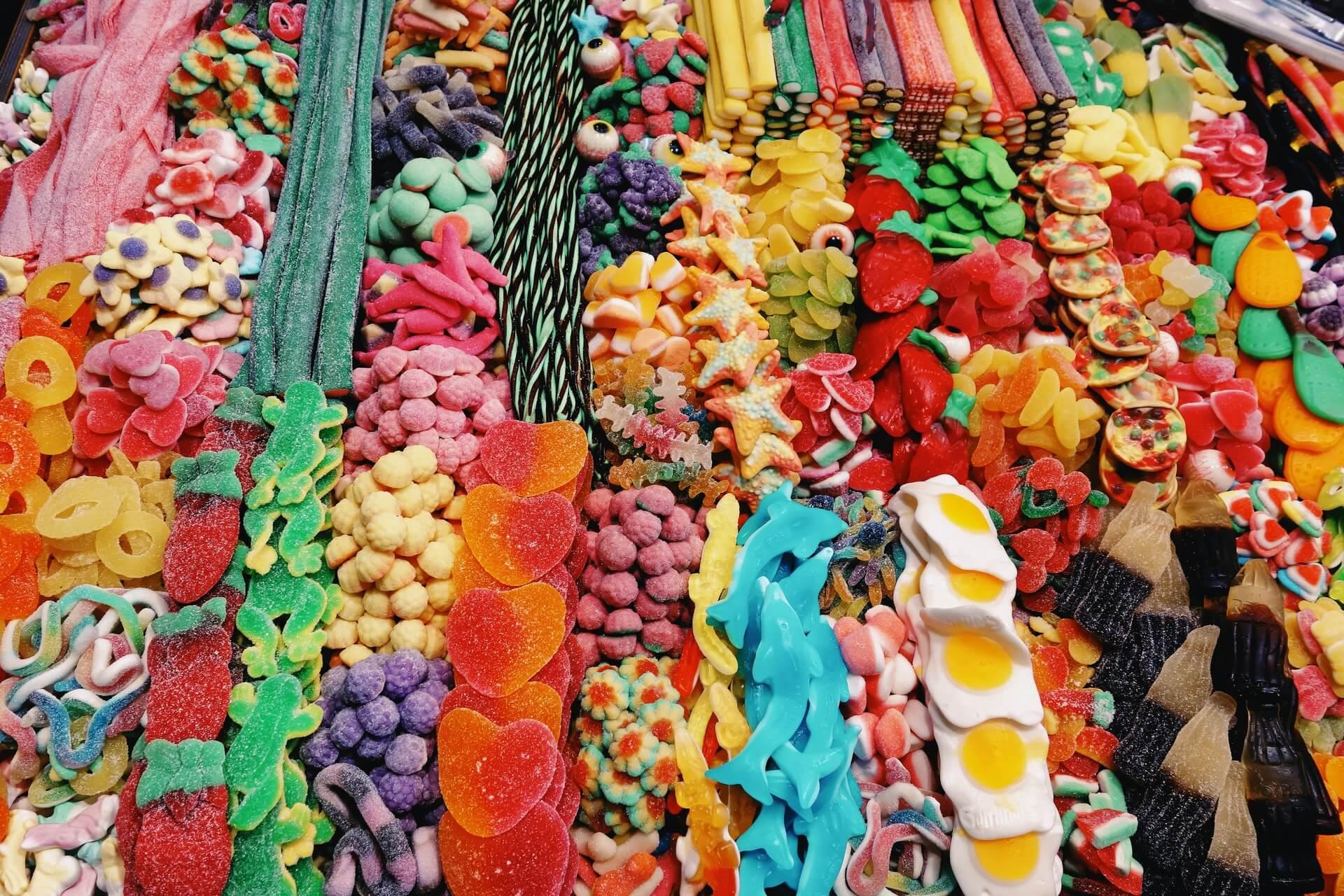
 impacts its calorie count. Sugar contains approximately four calories per gram.
impacts its calorie count. Sugar contains approximately four calories per gram.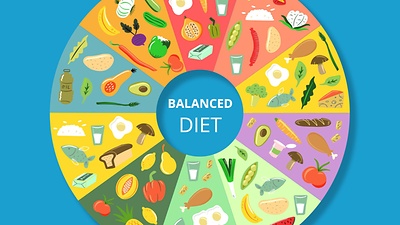

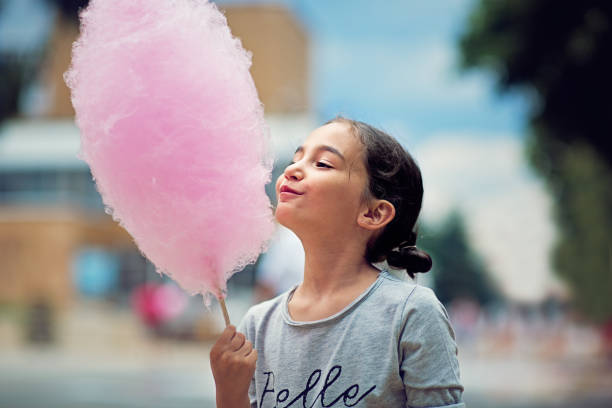


Recent Comments